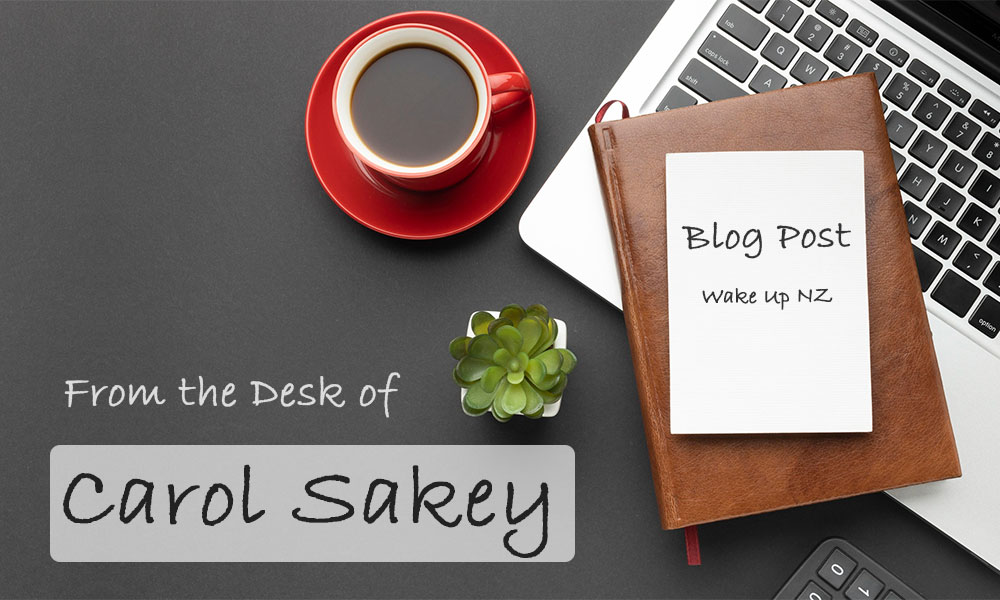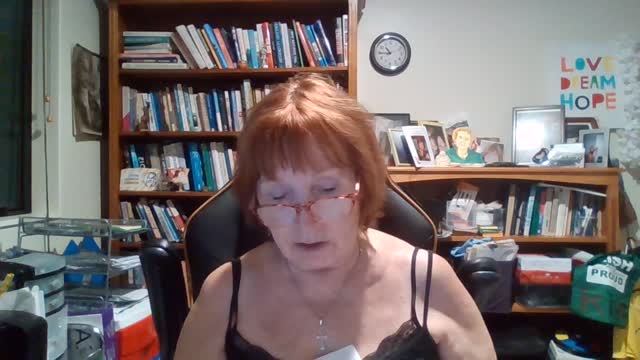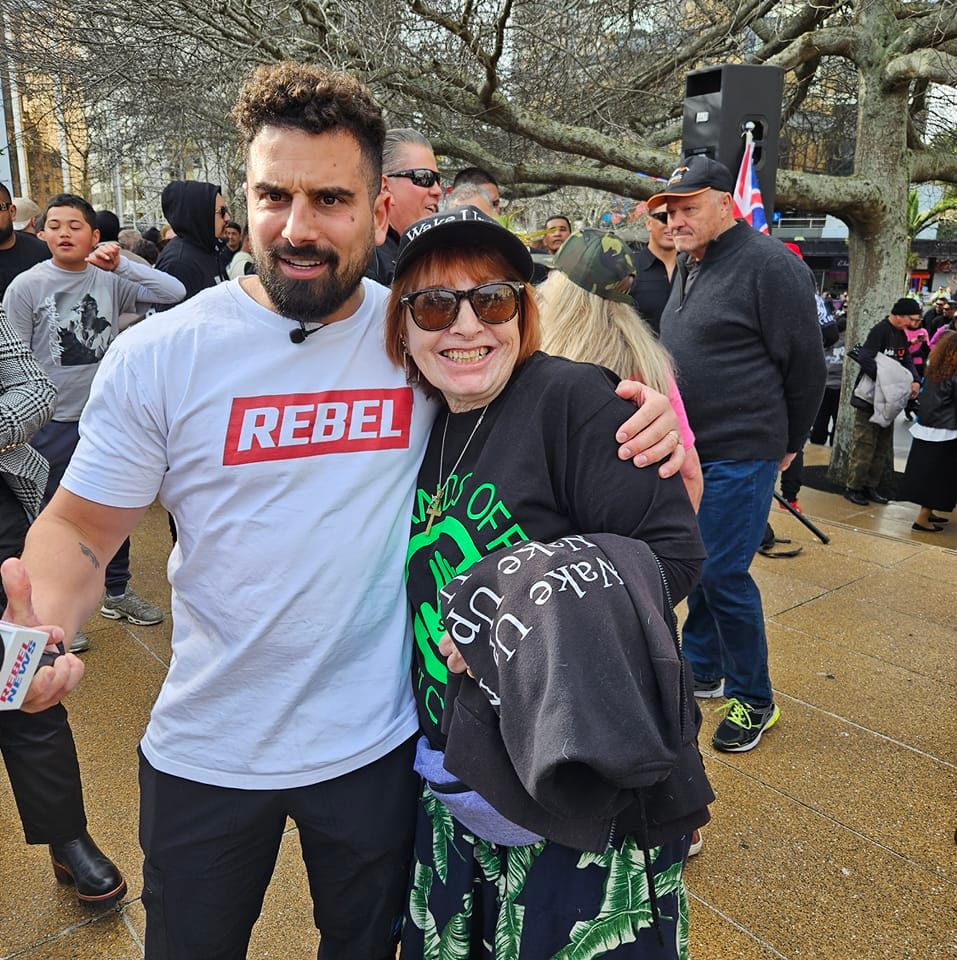
THE GOVERNMENT OF NZ DETERMINES THAT ‘THE PEOPLE OF NEW ZEALAND HAVE NO END DECISION MAKING RIGHTS’
REFERENCE IS MADE TO: CITIZEN’S INITIATED REFERENDA ACT
A POLITICAL SIDE-SHOW: In 1992 the National Government introduced the ‘Citizens Initiated Referenda Bill this became legislation in 1993 and operational in 1994. The Act permitting Citizens Initiated referendums (CIR) to be held on questions that are received via petitions that support at least 10% of registered electors in a 12 month period. That CIR’s are non-binding, That citizens of New Zealand can be restricted of their views. Referendums in other words in reality ‘Citizen Initiated Referendums’ are no more than just a ‘political side-show’
DEMOCRACY: Referendums are an important part of New Zealand’s democracy, as they allow the public to have a direct voice on changes to the law, however the Citizens Initiated Referenda Act 1993 does NOT give the citizens of New Zealand ‘end decision making rights’ because the Citizens Initiated Referenda Act 1993 is ‘Non-binding’, which means the Government is not bound to the decision making of the electoral voting citizens of New Zealand.
THE GENERAL ELECTION: A Government referendum can be held with a General Election if there is strong debate on a particular issue. Government power to make that decision
TYPES OF REFERENDUMS: There are two types of referendums namely ‘Government initiated and Citizens initiated.
GOVERNMENT INITIATED REFERENDUM: Are promoted by the Government. Can be used to bring legislation into law. Can gauge how the public feel on particular issues. Can be ‘binding’ or ‘non-binding’, this means the government acts, determines the final result, has end decision making rights. The ‘eligible voting electorate (peoples of New Zealand) have NO ‘End Decision Making Rights’ to determine their country’s future.
CITIZENS INITIATED REFERENDUMS: Any New Zealand citizens can petition for a referendum, this is namely a ‘citizens initiated’ referendum. 10% of eligible voters must sign the petition to support the referendum. (There were 3.5 million people enrolled to vote in the 2020 election). Citizens Initiated Referendums are ‘Non-binding’, this means the government does NOT have to act on the end result. (Non-binding referendums can be held on any subject)
Just one example of this:- Should the size of the House of Representatives should be reduced from 120 members to 99 members?. Governments end decision making rights were determined ‘we still have 120 members in the House of Representatives’.
HISTORY OF NEW ZEALAND REFERENDUMS: The first referendum was in the early 19th and early 20th century, the limiting of drinking alcohol this held a lot of political sway. Four referendums were held between 1894 and 1908 on liquor licenses however these were not ‘national’ referendums, people could only have their say in the areas they lived in. 1911 was New Zealand’s first nationwide referendum on prohibition of alcohol sales. At the end of the 20th century 2/3rds of the referendums held were about alcohol . . The New Zealand Flag Referendum (2015-2016). 5 designed flags were shortlisted out of 40, this was narrowed down from 10,000 designs submitted by NZrs.
NZ FLAG: In the 2016 Referendum voters chose to keep the current flag instead of a preferred alternative option. This is called a ‘Consultative’ referendum that is used by the government to gauge public mood on particular topics.
CONSULTATIVE REFERENDUMS: An example of this includes the following:-Hotel bars staying open for longer (1949 and 1967). Military training should be made compulsory (1949) and -compulsory retirement scheme should be introduced (1997). More recently the 2020 referendums were held beside the 2020 general elections they were the ‘End of Life Choice Act 2019. And also that of the ‘recreational cannabis use’.
Government determines legislation.
NUMBER OF SIGNATURES FOR A REFERENDUM TO BE HELD: To support the holding of a referendum you must have 10% of eligible electoral voters nationwide. Again I note that the government is NOT bound by the results concluded by a ‘Citizens Initiated Referendum’
THE CITIZEN’S INITIATED REFERENDUM PROCESS: A person submits a proposal to the Clerk of the House of Representatives asked them to promote a referendum petition. The wording of the proposed petition is determined by the Clerk of the House of Representatives, this can take up to 3 months. The Clerk decides the final wording of the petition and approves the collection of signatures. The petitioner has 12 months to gather enough signatures of 10% of the eligible voting public that support the proposal (petition), this is then delivered to the Clerk of the House of Representatives. Government decides, determines the process of the proposed petition.
PETITION COMPLIANCY: Is determined by the government. If compliant the Speaker of the House presents the petition to the House of Representatives. If NOT compliant, not enough signatures the petition then lapses. However the petition can re-submit the petition and has a further 2 months to gain more signatures. Compliancy determined by the Government.
THE GOVERNOR GENERAL: Sets the date for the referendum, this must be within a month of the petition being presented to the House of Representatives. It must be held within a year of the presentation date unless 75% of MP’s defer it. Government has the power to determine deferral of a petition
THE OFFICIAL INFORMATIONS ACT 1982. The processes under the ‘Citizens Initiated Referenda Act 1993 are subject to the Official Information’s Act 1982.
REFERENDUM: Is a direct vote by the eligible voting electorate on a proposal, a law, a political issue. This may result in the adoption of a new policy or an amendment of a policy.
CITIZENS INITIATED REFERENDA ACT 1991: States the following:-
7.141 Establishes a process allowing persons or organisations to initiate a non-binding national referendum on a subject of their choice, if 10 percent of registered voters sign a petition in support of the proposal of the promotor of the referendum. A referendum is a vote on a question. Referendums usually have a “yes” or “no” answer, but can have more than two possible answers. Referendums can be held with an election, in a stand-alone poll, or by postal vote.
7.142. At times a government response to a petition or referendum will be necessary. Most will be subject to public attention to be politically significant. Any decisions on how, when to respond is made by the government collectively. Individual Ministers should generally refrain from becoming personally involved in a petition (referendum proposal) without cabinet approval
7.143 The government can decide to respond to a referendum proposal at any stage of the referendum process. For example (a) make a declaration of support for the proposed referendum. (b) Indicate the willingness to take into account public debate over the issue at hand. (c) Rejection of the proposal. (d) Make a provision of information to inform the debate of the proposal.
7.144 As a matter of principle, agencies to avoid commenting publicly on the merits of referendum proposals unless they have permission of the Minister to do so.
7.145 It is deemed appropriate for agencies to give the Clerk of the House of Representatives technical assistance in finalising wording of the proposal. Assistance must be restricted to helping ensure that the proposal (petition/referendum) conveys clearly the purpose, effect of the proposal put forward by the promotor. (This can raise sensitive issues as to the changing of the wording of which was originally stated by the promotor of the proposal)
DEMOCRACY: Does NOT exist in New Zealand because the citizens of New Zealand, those with eligible electoral voting rights have NO end decision rights as to the future of New Zealand and how New Zealand Citizens lives are determined by legislation.
POLICIES PROMOTED IN POLITICAL ELECTIONING OF COMPAIGN CANDIDATES : That publicly are NOT delivering policies to amend the ‘Citizens Initiated Referenda Act 1993 from ‘Non-binding’ to a ‘Binding’ New Zealand Citizens Initiated Binding Act’ (Legislation). Should be questioned as to ‘Why they do not propose in their policy making giving the electoral voting citizens of New Zealand a voice to determine their own future’, the future of their families and generations of New Zealanders to come? INSIST ON A CLEAR AND DEFINITIVE ANSWER.
MY PERSONAL CONCERNS ARE ‘THE DECRIMILISATION OF ABORTION’ AND THE END OF LIFE CHOICE ACT THAT HAS VERY DANGEROUS CONCEPTS. These were introduced during the COVID19 Pandemic when the people of NZ were experiencing restrictions, lockdowns and compliances never ever experienced before. When the government was supposedly promoting jabs to save lives, they were making plans to take away life. (no-one knows what goes on behind the privacy of another persons life, behind closed doors.. Eg family relations for example neglect.
The lack of funding for Hospice.that supports not only the patient but that of their family too whom are also grieving
Carol Sakey WEBSITE-. https://wakeupnz.org
-
-
Tuesday - June 20, 2023 - GOVERNMENT BILLS AND ACTS
(13)





Leave a Comment